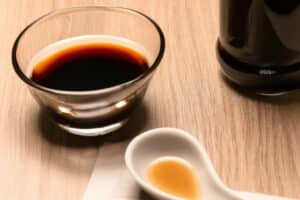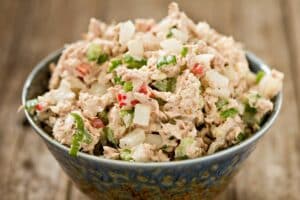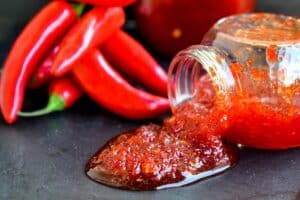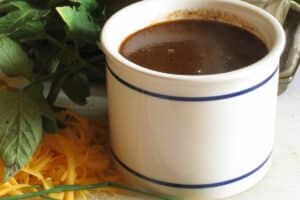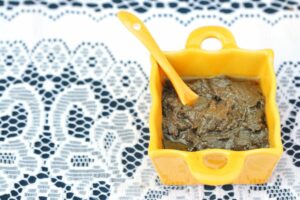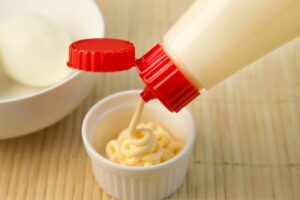Margarine has been a popular spread since World War II. Unsurprisingly, margarine is often seen as the healthy choice when compared to butter because it’s made of vegetable oil and contains less saturated fats.
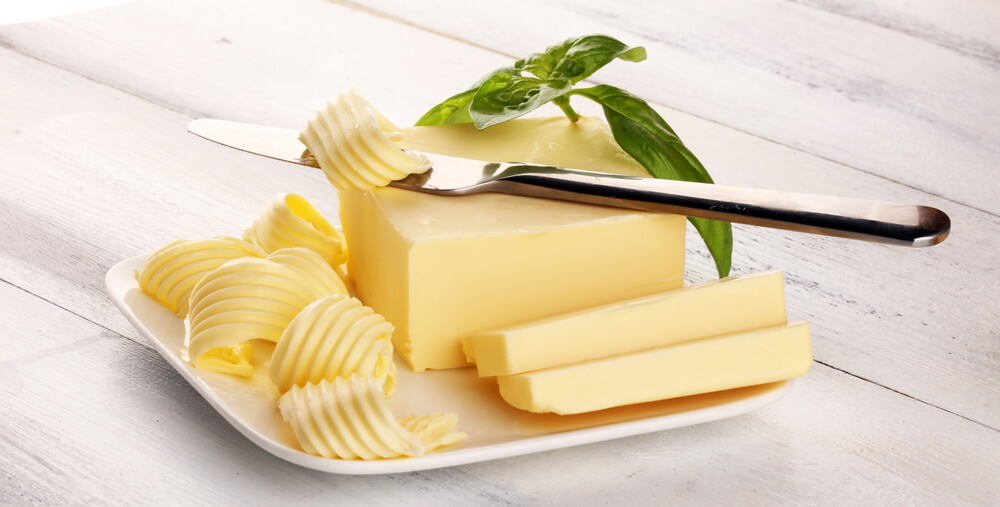
However, if margarine isn’t healthy enough, there are plenty of substitutes.
While thought to be healthier than butter, margarine can affect your cholesterol because it contains trans fats. The process of hardening the margarine to make it spreadable, hydrogenation, allows those trans fats to shape and collect before you eat them, and lowers your good cholesterol.
While there are many more than five substitutes for margarine, we choose the top five most versatile substitutes that can work in baking or cooking and spread well. For baking, you’ll want a margarine substitute that can hold your goods together and won’t burn after a while in the oven.
Taste, consistency, and spreadability are the most crucial factors in choosing a substitute for margarine in baking. If you eat a vegan diet, you can also find margarine substitutes free of animal products. We thought about all of this while compiling our list of the top 5 margarine substitutes.
Butter

The first substitute on our list is reasonably obvious. Real butter will always be a fantastic substitute for margarine in baking, spreading, or cooking. If you’re comfortable eating animal products and dairy, there is research suggesting real butter is more healthy than processed margarine.
To substitute butter for margarine, you can use a 1:1 ratio. Replace the exact amount of margarine in your recipe with butter, and it will taste the same. Butter should be easy enough to find in any local grocery store, or you can reach out to a local farmer for an authentic experience.
Replacing margarine for butter is best for spreading and baking. Unlike other substitutes that don’t spread well, the butter will. In baking, butter will add a rich flavor and creamy texture and keep any pastry or baked goods together, while margarine can cause cookies or pastries to thin out.
Not to mention, butter gives pastries and other baked goods the volume they need. For cooking, butter is best for frying or sauteing things at high heat and will add extra flavor to any dish. Butter can also hold spices or marinade on meat, potatoes, or vegetables.
Butter is the best margarine replacement for cooking on the stovetop, but it isn’t the healthiest.
Nut Butter
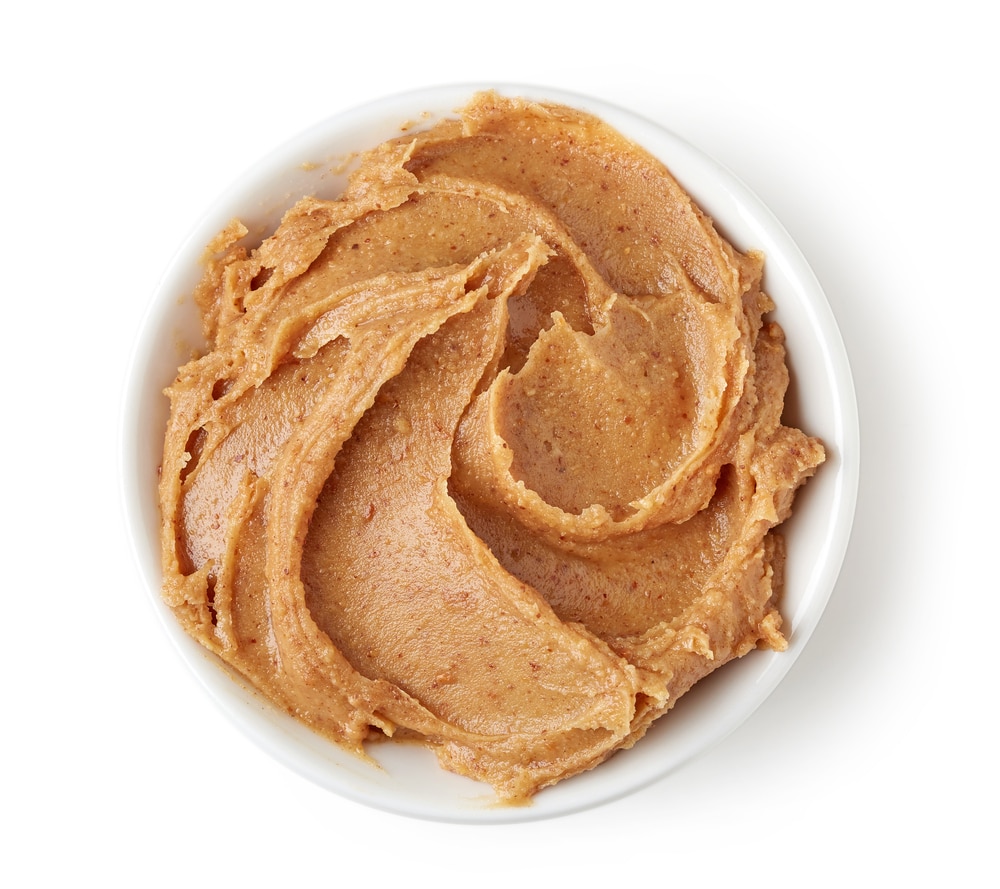
While it shares its name with butter, nut butter is much healthier and often a suitable margarine replacement for spreading and eating. There are many different types of nut butter, and each will have different nutritional values. All will add moisture and healthy fats to your recipes.
Substituting nut butter in baking can be slightly complicated. Nut butter has only around 50% of the fat content that margarine would have, so when replacing you’ll need to add oil to make up for the lack of fat. On the flip side, the other 50% of nut butter is usually protein, fibers, and various vitamins and minerals that can be good for your health.
Regarding cooking, nut butter is a substitute that will not work for frying or sauteing anything at high heat. However, you can use it as a substitute for margarine and oil in some dishes, and it’s the perfect replacement for spreading on anything. Nut butter, like regular butter, can add a rich flavor to your meal.
Peanut butter, the most famous nut butter, can easily be found at your local grocery store. Nut butters, like cashew, pecan, almond, pistachio, and hazelnut, can be found at health food or organic grocery stores. While nut butters, other than peanut butter, can be slightly pricier, they often have better nutritional content.
If you’re vegan or vegetarian, nut butter is a substitute that’s free of animal products and is usually safe from cross-contamination. If you have a nut allergy, butter made of sunflower seeds, pumpkin seeds, apricot kernels, or coconut are some safe nut-free options.
Nut butter is the primary replacement for margarine when it comes to spreading and eating. Soft nut butter, like cashew or pecan, is delicious on toast, tapas, or baked goods and has a subtle savory flavor. There is also sweet nut butter for spreading on pastries or other sweet treats.
Vegetable Oil
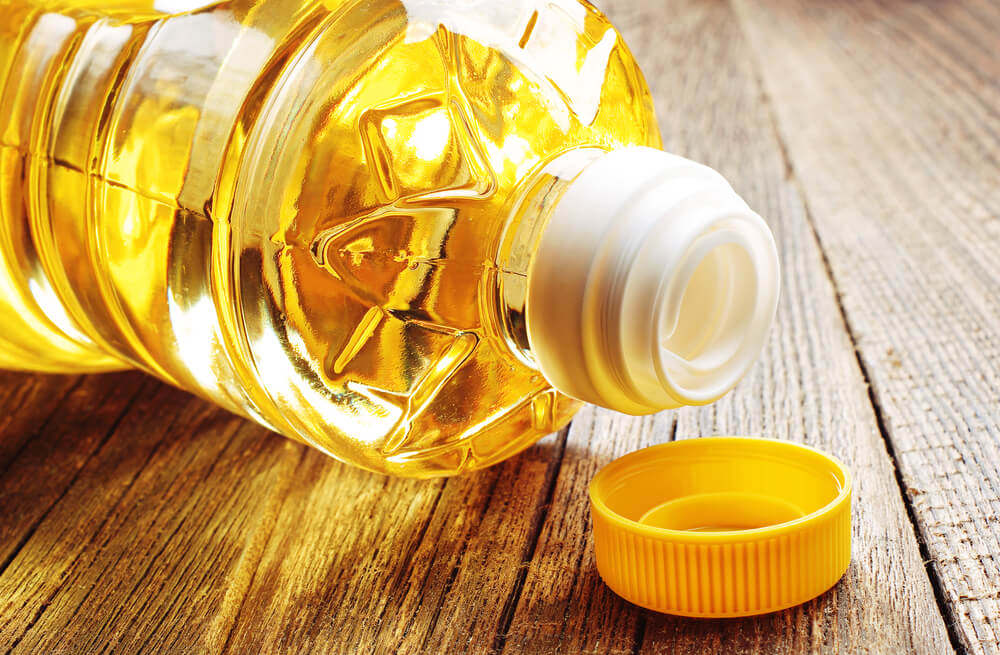
Using vegetable oil as a replacement for margarine is an easy way around the trans fats hydrogenation creates. It also avoids most saturated fats that already exist in real butter. While there are some applications where you can’t use vegetable oil, it is widely thought of as the best and healthiest substitute for margarine.
It certainly is one of the easiest and healthiest substitutes for margarine in cooking. Unlike butter and nut butter, most cooking oils have a high burning point and can withstand hotter temperatures, making them ideal for frying, sauteing, and cooking on the stovetop.
When replacing margarine with oil in your recipes, oil can only work when the recipe calls for fat in liquid form (melted butter, etc.). Oil does not cream well with other ingredients like sugar or flour and can loosen your baked goods or pastries while cooking.
If the recipe calls for the fat in liquid form, you can substitute oil for margarine using a 1:1 ratio. Add the total amount of margarine that the recipe calls for, but use oil instead. Olive oil, especially, is high in monounsaturated fats, which help lower your bad cholesterol or LDL.
Be careful when substituting vegetable oils for margarine, as not all oils have the same health benefits. For example, coconut oil has a higher saturated fat content than margarine and butter, and corn oil contains polyunsaturated fats, so they aren’t considered a healthy substitute for either.
Applesauce
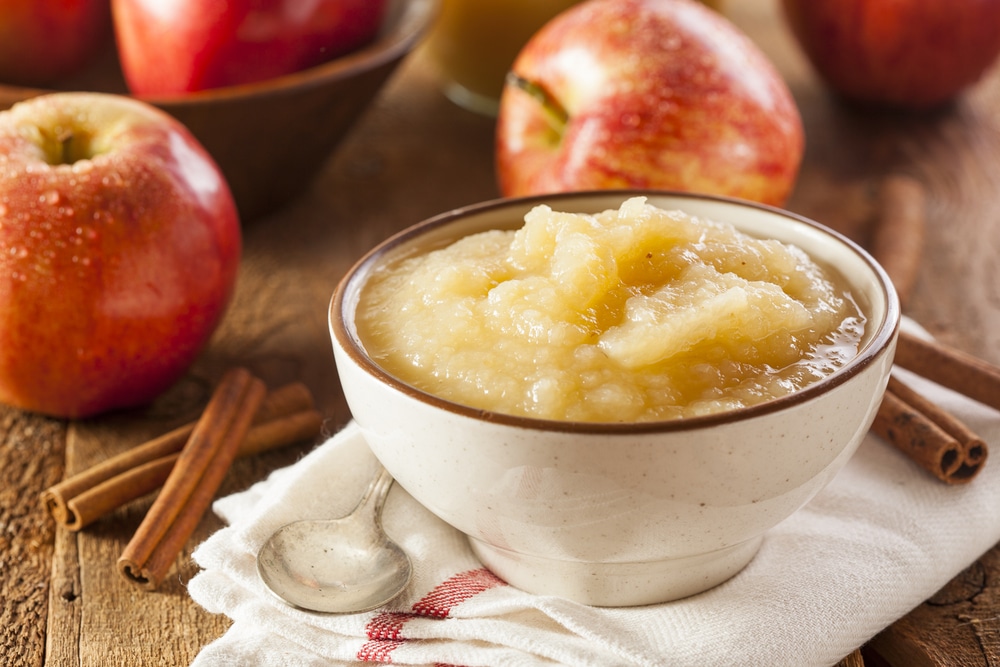
Applesauce is a healthy, affordable, and easy replacement for margarine. To protect the flavor of your recipe, it’s best practice to use unsweetened applesauce, which has a very subtle flavor and a light texture. There are also multiple health benefits to using applesauce as a substitute for margarine.
Applesauce is a natural source of antioxidants like Vitamin C and E and is low in calories, sodium, and fat content. There are also important nutrients in apples and applesauce that can support your digestion. Unsweetened applesauce is also a great way to keep your baking low in sugar.
Oftentimes, you can reduce the amount of processed sugar in your recipe because even unsweetened applesauce will add natural sweetness to your baking. When replacing margarine with applesauce in baking, you can substitute it using a 1:1 ratio. Instead of the amount of margarine, the recipe calls for, use as much unsweetened applesauce.
Applesauce is an ideal substitute if you’re vegetarian, vegan, or have any nut allergy. Completely free of animal products, applesauce can also be a substitute for eggs if you’re looking to make a recipe completely vegan. Replace each egg with ¼ cup of applesauce.
Applesauce will also keep a recipe moist, similar to oil. For brownies, cakes, cookies, or other baked goods, applesauce is a practical replacement for margarine that makes up the fat content, lowers the need for sugar, adds nutritional value, and aids digestion.
However, applesauce can also make a recipe denser. If necessary, add an extra ½ teaspoon of baking powder to the original recipe to compensate for the density of the fruit.
Banana

Banana, like applesauce, is a margarine substitute that adds moisture, nutrients, and flavor to your recipes. Bananas are a great source of potassium, fiber, vitamin C, and antioxidants. They’re low in calories and sugar and even provide a small amount of protein (1.1 grams).
With a sweet and fine natural flavor, bananas are great for baking and spreading on toast or baked goods. Replacing margarine with sliced bananas on your daily piece of toast is an easy way to make a healthy positive change in your diet.
Unlike oil and applesauce, bananas cream fairly well with sugar and other ingredients and are unlikely to make your recipe loose or cause it to thin out. The rule of thumb is one banana per stick of margarine because bananas are so thick and creamy, even when mashed. If you use too much banana, your recipe may come out closer textured than you’d like.
When you substitute banana for margarine in baking, the bananas will add a small amount of natural sugar to your recipe, allowing you to lower the amount of processed sugar you need. Bananas also can stand in place of eggs, so consider using fewer or thin egg whites while baking to prevent your pastry or baked goods from going firm.
When replacing margarine with bananas, start with half of what the recipe calls for in mashed bananas and taste test your recipe from there. You may end up adding the whole amount of mashed bananas for margarine, but it’s better to start with a small amount and add more to moisten the recipe as needed. This way, you can prevent over-flavoring the recipe with banana.

